How to Find the Best Starters for Your Summer Vegetable Garden
Last Updated on December 28, 2022
How to Find the Best Starters for Your Summer Vegetable Garden?
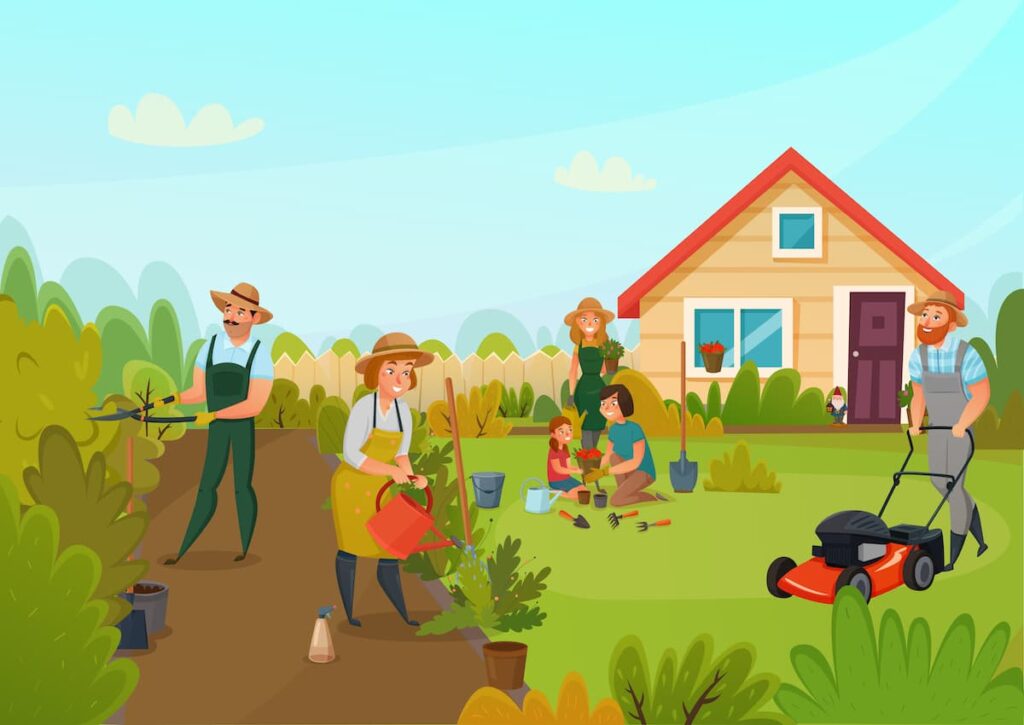
A vegetable garden can easily be cited as one of the most relaxing activities in the stressful rush of daily life. Additionally, starting a vegetable garden at home or in your garden will make an amazingly rewarding leisure time activity with lots of fresh vegetables and herbs, which you can enjoy at your breakfast or dinner.
Although you do not need to be a total farming expert to start a summer vegetable garden, it would be best if you acquire some prior knowledge about the basics of backyard gardening. Therefore, we have prepared an extensive beginner guide to help you prepare better for your summer garden.
What Do I Need to Start a Garden?
The first thing you should do to start a vegetable garden is to find a guide that will help you learn the primary prerequisites for planting your vegetables. Since you are now a member of UrbanicFarm, you have the best resources available to begin growing your personal garden.
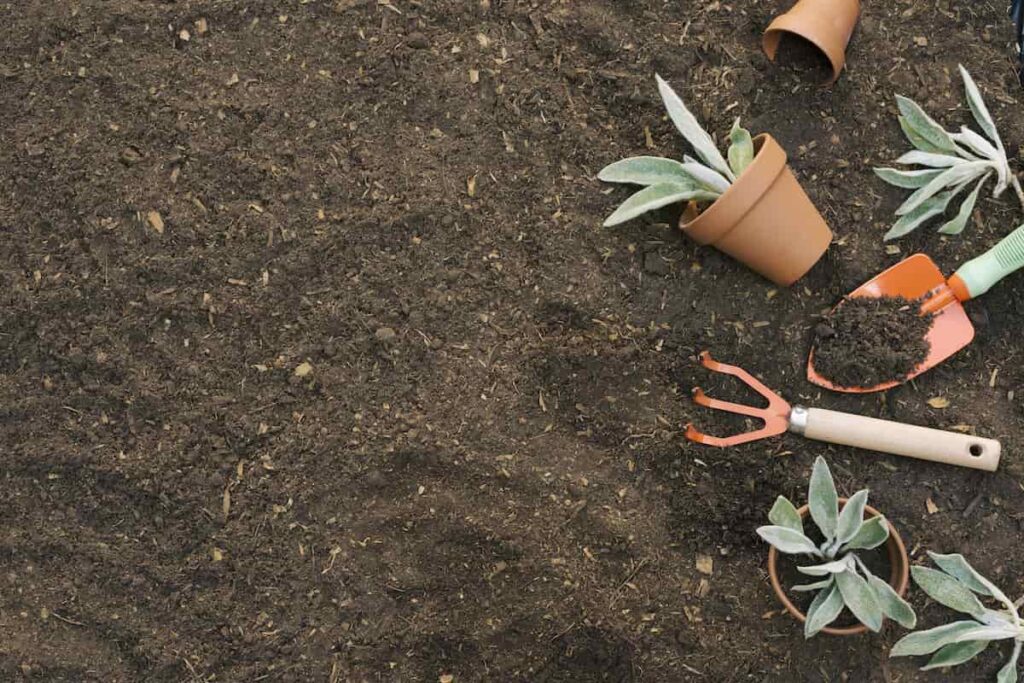
Then, you can acquire the basic gardening tools for your vegetable garden at home or in your backyard. You can start this phase by purchasing a sturdy shovel to help you dig holes or move the earth. A garden trowel will also help you a lot by letting you quickly fill the pots for planting seeds and seedlings in the pots.
A hose and a sprinkler will be of great use to enable you to quickly and effectively water your garden to keep it humid for hydrating your plants and vegetables with enough water. Or, you can opt to get a watering can if you do not have a water outlet in your garden.
Furthermore, it would help if you have a hoe to remove unwanted weeds and cultivate your garden. Utilizing gardening gloves will facilitate your job beyond your expectation by protecting your hands from the harsh effects of soil and hard work.
How to Plan a Vegetable Garden Layout?
The garden layout and the arrangement of plants in your backyard have a remarkable effect on the practicality and productivity of your vegetable garden design. Firstly, you should arrange the layout of your greenhouse or backyard garden in accordance with your needs. If you have a large field that needs regular maintenance, row cropping utilizes large spaces between the rows and enables the use of mechanical equipment to do the hard work for you.
However, suppose your backyard vegetable garden is limited in space. In that case, you want to achieve maximum productivity. Therefore, it is recommended to make the rows close to each other, which is only enough to provide owing space for the vegetables. This type of layout is sufficient to leave space for fully-grown plants not to touch each other. But you should also keep in mind to leave enough room between plants to reduce stress (I am not a huge fan of this sentence, I may work on it more later.
Another thing that you should consider while planning your vegetable garden layout is to rotate the crops around your vegetable garden to make the most out of your soil. This will allow the earth to replenish its used-up minerals with the exact crop for several years and hinder the spread of diseases and harmful insects that may damage your crops.
If you have a limited gardening area in your backyard, it is possible to enlarge your available space by building a vertical vegetable garden. You can climb tomatoes, peas, melons, and other crops around fences or stakes to squeeze more herbs and vegetables out of your garden.
Garden Planning Tool
The Old Farmer’s Almanac, serving the farmers and self-motivated gardeners for more than two centuries, also offers a valuable gadget to plan your vegetable garden using all the necessary and crucial parameters.
The Garden Planning Tool by the Old Farmer’s Almanac helps you plan your crop organization in your vegetable garden by assessing your available space and the crops you want to plant. The tool informs you about the necessary distances between rows, the frost dates you should watch for, and which plants and crops are easy to grow.
How Can I Pick the Right Location?
Vegetable growing is more related to finding the proper place in your backyard to derive the best results. So, you should carefully select the place where you will build your summer vegetable garden by considering the conditions below.
Direct Sunlight
Most of the product requires more than 6 hours of direct sunlight daily to grow. Therefore, you must select a suitable place in your garden to provide enough sunlight for your plants.
Water Access and Draining
Whether you are a total beginner in vegetable gardening or an experienced farmer, you probably know you will need water for the plants to grow. Therefore, you should make sure you can regularly water your plants to prevent the drying up of your crops.
Additionally, the field you choose should efficiently drain the water and not remain wet, which may cause rotten plant roots.
Fertilizing
Fertilizers are the supplementary nutrients needed to grow plants and vegetables in your vegetable garden. So, providing sufficient fertilization for your garden soil will reinforce the growth and development of your crops. But you must avoid overfertilizing, which may result in adverse effects such as the death of the plants.
What Is the Best Soil for Vegetables?
The best soil in which you can grow your vegetables with maximum productivity and efficiency should bear the following features:
- The soil in your vegetable garden should comprise a rich volume of compost (dead leaves, organic waste, etc.) and other organic materials.
- The soil should be rich in microorganisms that will support growth.
- The pH value of your soil should be around 6-7.
- Mulching a vegetable garden can benefit the soil and the plants.
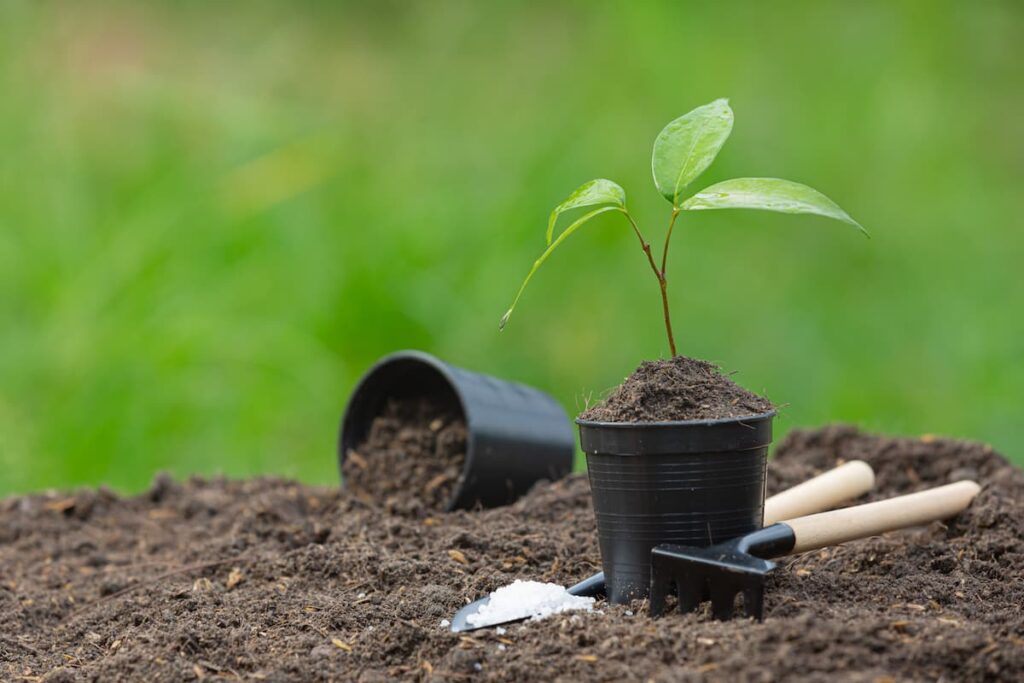
After determining where to start your summer vegetable garden, you can prepare the soil for planting by adding compost material, which may be derived from your residential waste, and cultivate the ground to allow the nutrients and minerals to permeate better.
When To Plant Your Vegetables?
After getting your soil ready for starting your summer vegetable garden, it is time to learn when to plant the vegetables to harvest them during the summer months. As you will see, most crops are planted during the spring months, depending on the weather conditions in your zone.
Cool Season Crops
Some crops need to mature in the cold soil until reaching spring and summer heat. So, these crops listed below should be planted several weeks before the last frost days and when the temperature is around 40-50°F.
- Broccoli
- Cabbage
- Leeks
- Onions
- Parsley
- Peas
- Radish
- Carrots
- Lettuce
- Potatoes
Warm Season Crops
Warm-season crops are to be planted several weeks after the last frosty days of the year and should be planted when the temperature is around 60°F.
- Cucumbers
- Eggplants
- Okra
- Peppers
- Watermelons
- Beans
What Is the Best Month to Start A Summer Vegetable Garden?
Even though the timing may vary depending on your zone, the best month to start preparing for your summer vegetable garden in February and March, when you should begin to grow your seedlings indoors for some of the veggies like cabbage and tomato while beans, cabbage, lettuce, onions, garlic, potatoes, and radish can be directly planted in the soil, particularly in March.
Even though the timing may vary depending on your zone, the best month to start preparing for your summer vegetable garden is February, when you should begin to grow your seedlings indoors for some of the veggies like cabbage and tomato. While in March, beans, cabbage, lettuce, onions, garlic, potatoes, and radish can be directly planted in the soil.
What Should I Plant in My Vegetable Garden?
After collecting the necessary information about the soil and the gardening necessities for planting a vegetable garden, it is now necessary for you to choose the vegetables that you want to grow in your garden.
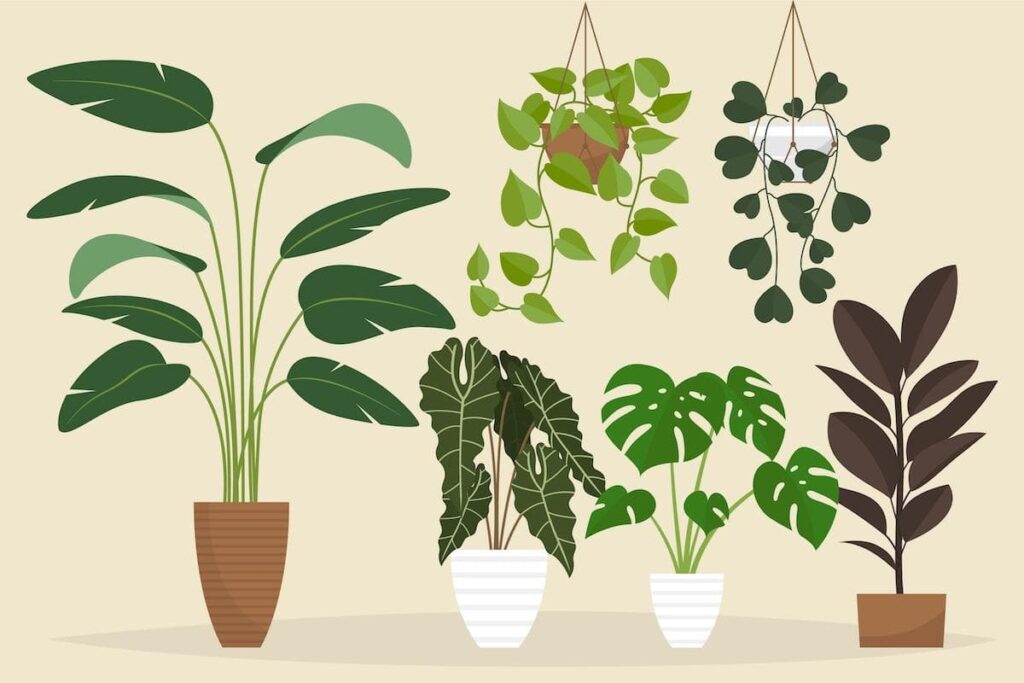
Cucumbers
Cucumbers are easy-to-grow crops with their prolific nature that will provide abundantly. They are tasty options that can be eaten off the vine, pickled, or added to a salad.
When Should Cucumbers Be Planted?
Cucumbers are classified among the warm-season crops and are vulnerable to frost. Therefore, they should be planted outdoors after the end of the year’s last frost, which may be around mid-April. However, this may be done in March if you live in a warmer climate.
Tomatoes
Tomatoes are an indispensable part of almost any cuisine worldwide as a part of a sauce, salad, meal ingredient, or stuffing. Therefore, it is strongly recommended to add tomatoes to your crop list and allocate an exclusive place for various types of tomatoes.
Tomatoes require much sunlight to develop and grow. They grow very rapidly, so you should provide an open space to enable them to spread as much as possible. Additionally, they need regular fertilizer support and watering to increase yield.
When should Tomatoes be planted?
Tomatoes are warm-weather plants, and hence, they must be planted after the end of the frost days with a consistent increase in temperature over 50°F. Moreover, you should ensure that the soil where you plant the tomato seedlings is at least 60°F.
Lettuce
When somebody says, “Salad,” you will probably think of a green salad mostly made with lettuce. Similarly, when you start a summer vegetable garden as a beginner, lettuce can also be an exclusive part of it with its green beauty and easy cultivation g.
Once established, you can simply pick your own lettuce from your backyard garden and add it to your sandwich or make a healthy salad to enrich the appearance of your dining table with different hues of green.
When Should Lettuce Be Planted?
As lettuce is a cool-weather crop, it grows better in spring and autumn. As you start a summer vegetable garden, you should plant in around March, several weeks before the last frost. Lettuce can grow best when the temperatures remain around 60°F.
Peppers
Peppers are also one of the most frequently used vegetables in our meals, and it will be very satisfying to go to your backyard vegetable garden and return with a handful of hot and sweet peppers in different colors. with the hot and delicious touch of your home-grown peppers, You can slice them into rings for pizza or enrich the flavor of your pasta sauce.
When Should Peppers Be Planted?
Peppers can be planted inside to allow them to germinate and then typically sprout in two weeks. You can later transfer them outdoors. Or, if you want to plant directly in your garden, it is advised to wait until after the end of the last frost.
Potatoes
Potatoes are versatile, delicious veggies loved by adults as healthy snacks and by children as a tasty meal. Therefore, growing your own potatoes will surely enhance your joy of potato consumption while providing you with an ample supply of fresh potatoes at lower costs ready to be picked and prepared fresh every morning.
When Should Potatoes Be Planted?
Potatoes are cool-weather plants, and thus, they should be planted in cold soil to allow them to mature until the weather gets hot. So, they are best planted before the last frost of the year in the early spring, March, and early April.
Beans
Beans can be consumed green when steamed or boiled, with meat products, or can be eaten as a main dish when enriched with sauce and tomatoes. Or, you may want to preserve them, securing them in closed jars or pickling them so that they have an acidic taste. They are pretty easy to grow and present a rewarding harvest since they grow very rapidly. You can climb them around stakes to save some space for other vegetables.
When Should Beans Be Planted?
Beans should be planted after the frost threat passes, in spring, and it is recommended that the soil be at least 48°F.
Melons
Melons, either melon or watermelon, are energizing delicacies of the summer season, which you will want to have a refreshing bite of when you come home from a long day of work. This pleasure can be maximized with the satisfaction of eating the melons of your very own summer vegetable garden.
Melons require much sun and water as well as fertilizer and nutritious soil to provide higher yield; therefore, it is recommended to carefully select the place in which you will plant melons, with adequate space for growth.
When Should Melons Be Planted?
You can start growing your melons by planting the seeds in pots indoors. After the appearance of seedlings, you can transplant them into your backyard field when the temperature reaches around 60°F.
Strawberries
Strawberries are delicious fruits that you can easily grow in your vegetable garden. They do not require much effort, and as long as they have access to enough water and sunlight, you will have plenty of tasty strawberries, which will enrich your house with attractive red color, delicious smell, and mouthwatering taste.
When Should Strawberries Be Planted?
You can plant strawberries after the frost threat disappears in your zone, probably around March and early April. You can also extend your season for fresh strawberries by spreading your planting period.
Conclusion
Starting your summer vegetable garden is fully within your reach when you have this basic information and possess the most necessary merits: determination and enthusiasm. Suppose you are enthusiastic about maintaining your own small summer vegetable garden and have the determination to spare time and energy for your plants and crops. You will create an attractive and fruitful garden with abundant fruits and vegetables to garnish your salads, foods, dishes, and sauce.
So, with such determination and enthusiasm, pay attention to the learning process during the first months and allocate enough time to research and train. Afterward, you can go on with preparing your soil and planting your crops. Then, you should keep the advice and carefully and regularly maintain your vegetable garden for utmost fertility. You should regularly water all your vegetables to keep them nourished and continually pick fruits to encourage the plants to produce more. Removing the weeds and stopping the insects and pests will also increase your yield. Lastly, you should ensure you follow the planting dates of your crops and regularly rotate to allow the earth to renew its sources.
How To Reach Locally Grown Fresh Food?
UrbanicFarm has a revolutionary way to reach locally grown, fresh food. We connect micro gardening producers to the local distribution network across the country. Using the UrbanicFarm mobile app or website, local farmers, home gardeners, and micro farmers connect directly with consumers in their area –and lower freight costs.
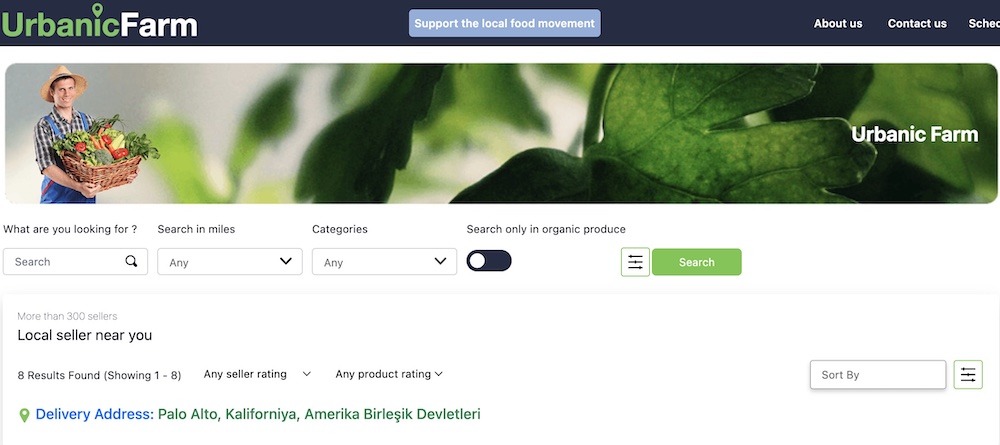
To build a new foundation for a streamlined fresh food supply chain and social network, UrbanicFarm registers Gardeners–micro farmers and local farms with produce to sell, and Consumers who want fresh, garden-direct food. We provide a map of their area updated with the locations and offerings of fresh local produce. If you have a fruit tree, extra produce from your garden, or other food you won’t use, you can offer them free, for sale, or for trade. Many home gardeners offer extra tomatoes, zucchini, and cucumbers from their gardens. Many trades for oranges, lemons, and apples. These are great ways for communities to collaborate and reduce food waste!

